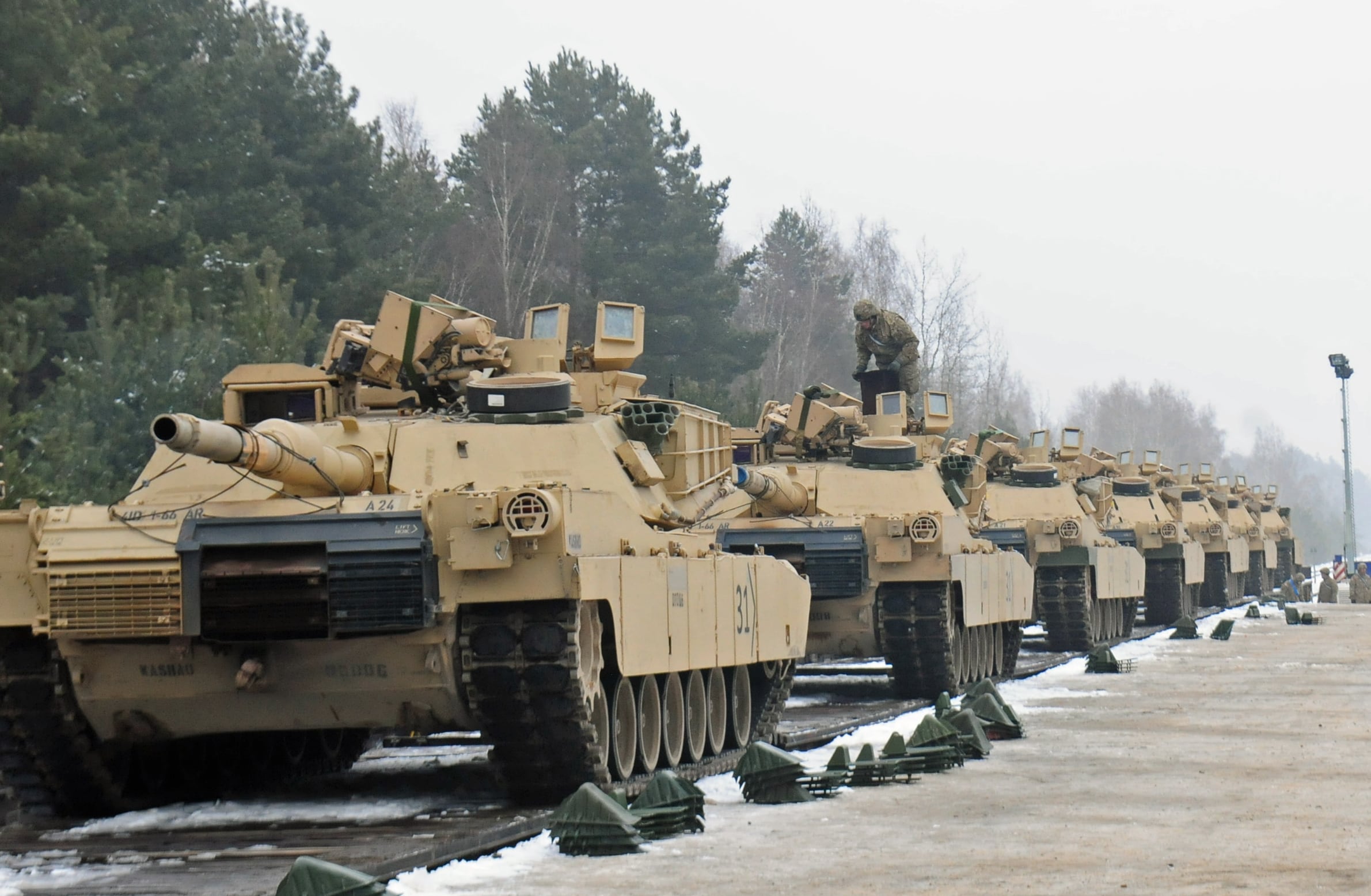A Trump administration plan to pull 12,000 troops out of Germany has an uncertain future as the Biden administration prepares to take over.
Announced in late July, then-Defense Secretary Mark Esper said some of those units could begin moving within “a matter of weeks,” but so far, the 2nd Cavalry Regiment, U.S. European Command headquarters and others are still in Germany.
“I do believe that if there’s a change in the administration, that this will not happen,” Rep. Ruben Gallego, D-Ariz., told Military Times on Oct. 15 during a press call.
Weeks later, Gallego and his colleagues passed their version of the 2021 National Defense Authorization Act, which includes a provision that no troops be removed from Germany until the Defense Department submits a detailed timeline and financial plan for the withdrawal, then carries out a waiting period of 120 days.
RELATED

“I’m really having a problem connecting the dots with whether this is going to solve a problem, that I don’t think exists,” Jim Langevin, D-R.I., said during a House Armed Services Committee hearing in September. “In fact, I think it’s going to create more problems than anything it’s going to solve.”
Both sides of the aisle were skeptical, as Pentagon officials declined to offer any details other than a cost estimate in the single-digit billions, repeating Esper’s July remarks that rotational deployments farther East made more sense for Russia deterrence.
“... there needs to be an overall strategic plan that is coordinated with allies, rather than have a bunch of rationalizations after the fact,” HASC ranking member Rep. Mac Thornberry, R-Texas, said at the time.
Meghann Myers is the Pentagon bureau chief at Military Times. She covers operations, policy, personnel, leadership and other issues affecting service members.




